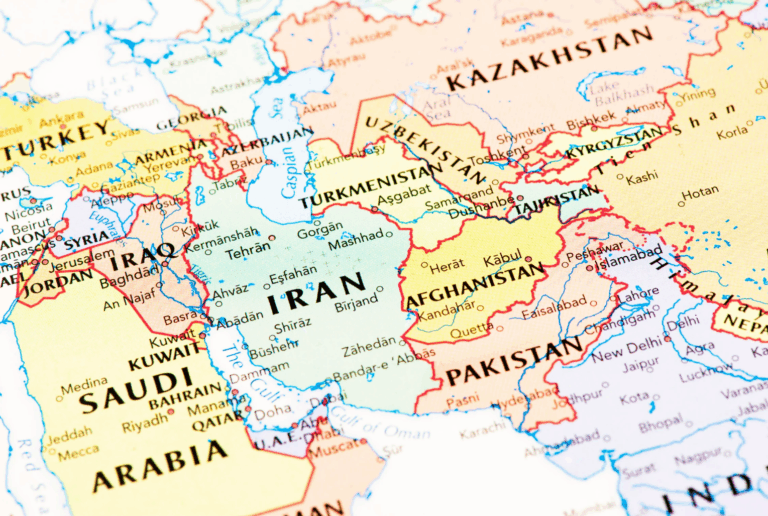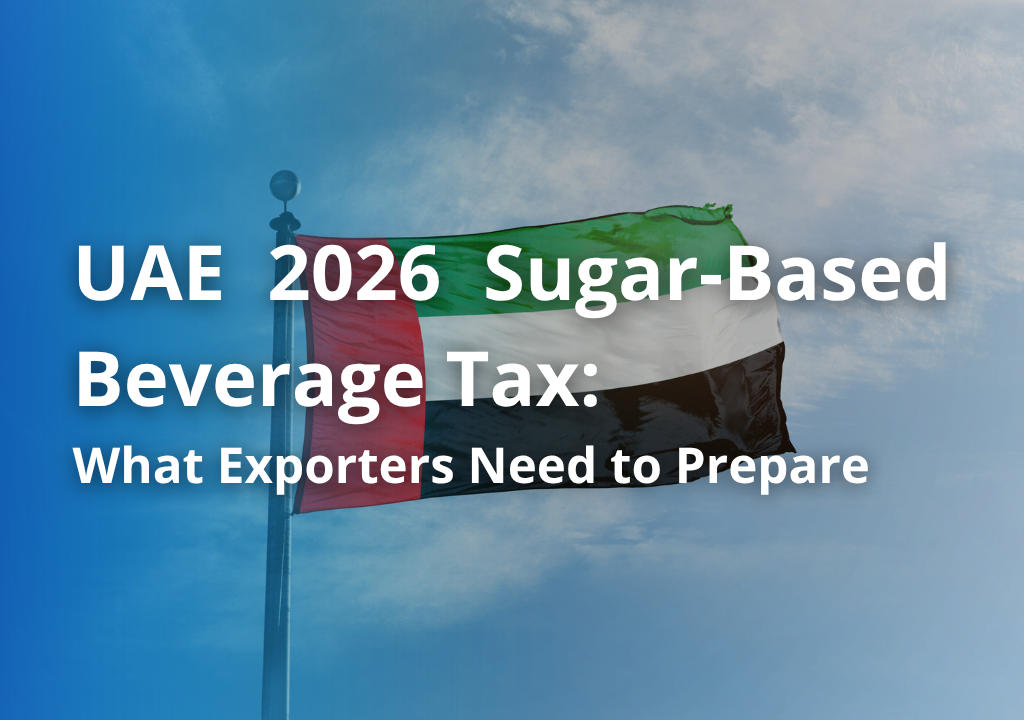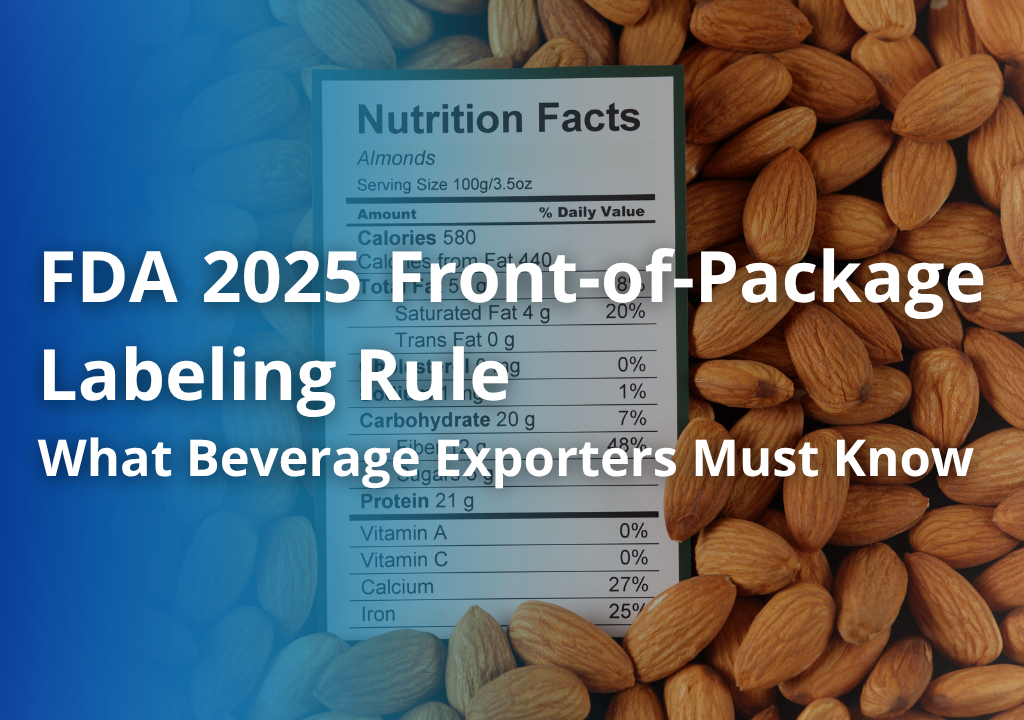How to Export Halal Products to the Middle East Successfully in 2025

Unlocking the Potential of the Halal Market in the Middle East
The global Halal industry is expanding rapidly, driven by the increasing population of Muslim consumers and their demand for certified, high-quality products. Among all regions, the Middle East Halal market stands out as a goldmine-rich in potential but equally demanding in compliance.
For companies looking to export Halal products to the Middle East, understanding the unique requirements of this region is key to tapping into a market valued in the trillions of dollars annually.

Why the Middle East Matters for Halal Exports
With over 90% of its population adhering to Islam, the Middle East is a natural destination for Halal food and consumer goods. However, the region imports a significant portion of its daily consumption, creating a large gap between local demand and production capabilities. This opens up major Halal business opportunities for global suppliers-especially those from emerging markets like Vietnam.
Advantages for Vietnamese Exporters
Vietnam has strong foundations in agricultural and seafood production, making it a viable supplier for Halal-certified goods. The country is also seeing rising interest in aligning local manufacturing with Halal standards, backed by government support and international collaboration.
Here are a few reasons Vietnam is well-positioned to grow in this space:
- Competitive pricing and high-quality food processing
- Strategic location and favorable trade agreements
- Increasing awareness of Halal certification requirements

Key Challenges When Entering the Middle East Halal Market
Despite the potential, exporting to the Middle East is not a plug-and-play operation. Businesses must address several key challenges:
- Strict Halal Certification Procedures
Each country-Saudi Arabia, UAE, Qatar, etc-has its own Halal standards and approved certification bodies. Companies must undergo rigorous inspections, production audits, and supply chain evaluations. - Cultural and Business Etiquette
Understanding Muslim consumer behavior and respecting Islamic principles in packaging, marketing, and branding are critical. Missteps in cultural adaptation can lead to reputational damage. - Competitive Pressure
Vietnamese companies face stiff competition from established Halal-exporting nations like Malaysia, Indonesia, and Brazil, which already dominate large shares of the market.
How to Export Halal Products to the Middle East Effectively

To succeed in this complex yet lucrative arena, exporters must take a strategic, step-by-step approach:
- Research and Target the Right Markets
Begin by identifying specific Middle Eastern countries with high demand for your product type. Use trade data, embassy insights, and local market reports. - Secure Reliable Halal Certification
Work only with globally recognized Halal certifiers approved in your target countries. Avoid shortcuts-your credibility depends on it. - Build Relationships with Local Partners
Having a distributor or joint venture partner in the Middle East improves credibility, market access, and cultural alignment. - Invest in Product and Branding Compliance
Adapt packaging and labeling to meet Halal regulations, Arabic language requirements, and cultural sensitivities. Your brand must speak the local language-literally and metaphorically. - Join Trade Fairs and Halal Expos
Participation in international events like the Gulfood Exhibition or MIHAS can boost exposure and attract B2B deals.
Choosing to export Halal products to the Middle East is not just about chasing revenue-it's about becoming part of a fast-growing, values-based economy. With the right strategy, certification, and cultural mindset, businesses can position themselves as trusted suppliers to one of the world’s most loyal and consistent consumer bases. Follow Nam Viet Group for the latest insights on global export markets and Halal trade trends.












